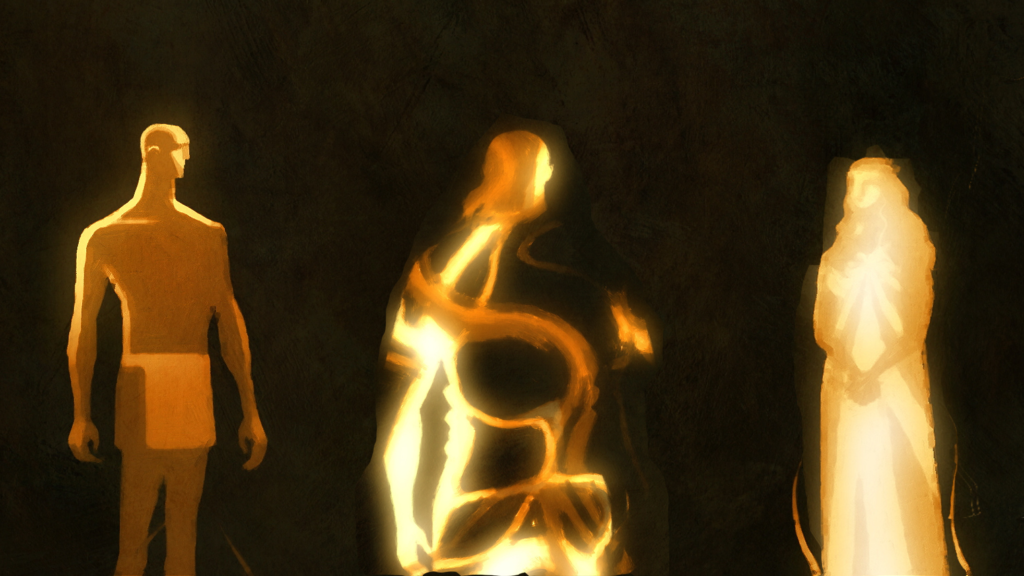THE MOOLELO OF KAPAEMAHU

Kapaemahu is a moolelo – a story that bridges the gap between history and legend. It was passed down orally by the noble families of Waikiki and recorded in writing in 1906.

Long before the reign of King Kakuhihewa in the 1500s, four Tahitian healers traveled to Hawaii from their home Moaulanuiakea on the island of Raiatea. Their names were Kapaemahu, who was the leader of the group, Kapuni, Kinohi and Kahaloa. They settled in Waikiki in a place near here called Ulukou.
The healers were mahu – extraordinary individuals of dual male and female mind, heart and spirit. They were beloved by the people for their gentle ways, and their fame spread as they traveled throughout the islands administering their miraculous cures.


The healers were mahu – extraordinary individuals of dual male and female mind, heart and spirit. They were beloved by the people for their gentle ways, and their fame spread as they traveled throughout the islands administering their miraculous cures.





This telling of the moolelo is based on the handwritten manuscript of a story conveyed by James Aalapuna Harbottle Boyd, a colonel of the Hawaiian Kingdom and confidante of Queen Liliuokalani, to Thomas Thrum, publisher of the Hawaiian Almanac. It was published in 1907 with the Hawaiian title Ka Pohaku Kahuna Kapaemahu (The Healer Stones of Kapaemahu), and the English title “Tradition of the Wizard Stones Kapaemahu.”
GLOSSARY
Mahu – individuals of dual male and female mind, heart and spirit. In traditional Hawai’i, mahu were often healers, caretakers, and keepers of Knowledge and culture.
Kapaemahu – Literally “the row of mahu.” This is both the name of the leader of the healers and of the stones themselves.
Mana – Spiritual power. Mana can be present in both people and objects. The healers used mahu idols to transfer their mana to the stones.
Pohaku – Stones, boulders.
Moaulanuiakea – The legendary home of the healers in Tahiti, believed to be present-day Mount Toomura on Raiatea in French Polynesia.
Ulukou – Literally “Kou tree groove,” the region of Waikiki where the healers made their home. Adjacent to the Apuakehau Stream and now occupied by the Moana Hotel, Ulukou was much desired by the ali‘i in ancient times as a surf spot and is where the fragrant līpoa seaweed was found at Kahaloa.
Moolelo – Story, tale, myth, history, tradition, literature, legend, journal, log. From moʻo ʻōlelo, meaning succession of talk.
